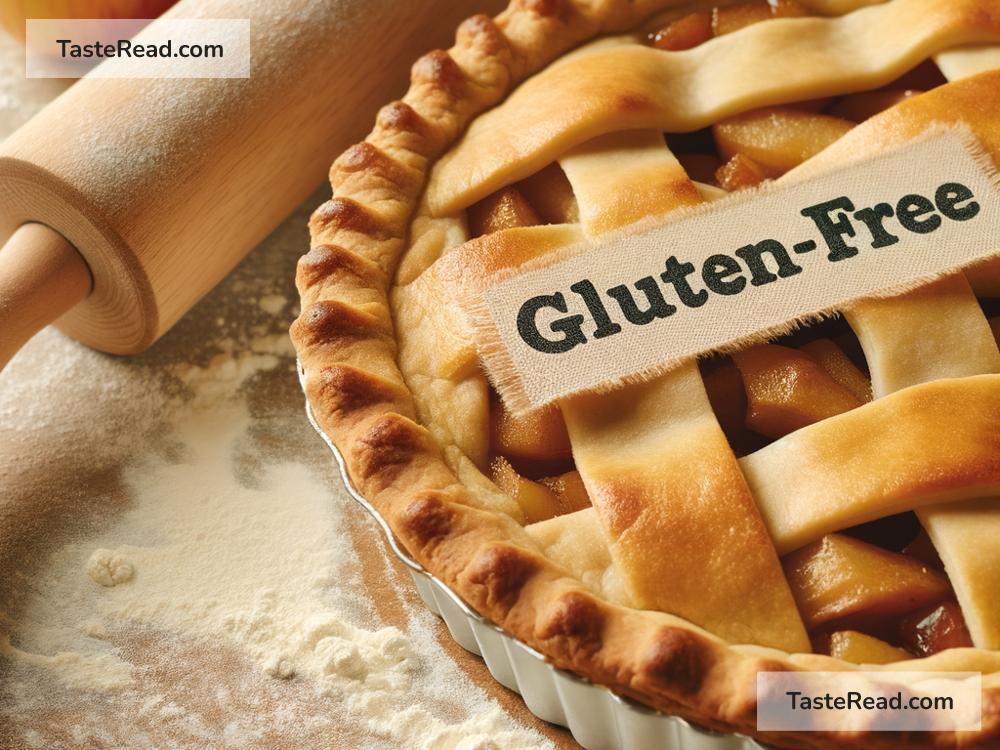Turning Traditional Family Recipes Gluten-Free: A Simple Guide
Cooking and eating together are at the heart of family life; the dinner table often becomes the setting for sharing, laughing, and creating memories. Many of us have cherished recipes handed down through generations, rich with history and flavor. But what if a member of your family, or you yourself, are unable to enjoy these traditional dishes due to a gluten intolerance or celiac disease? The solution isn’t to bid farewell to these beloved recipes but to adapt them. In this guide, we’ll walk you through the straightforward steps of transforming your favorite family dishes into gluten-free versions, ensuring that everyone can continue to enjoy these culinary treasures.
1. Understand the Basics of Gluten
The first step in adapting traditional recipes is understanding what gluten is and where it’s found. Gluten is a protein present in wheat, barley, rye, and derivatives like spelt and kamut. In traditional cooking, gluten provides elasticity and structure to baked goods. Knowing which ingredients contain gluten is essential for making substitutions.
2. Identify Gluten in Your Recipes
Look through your recipe for ingredients that contain gluten. Common culprits include all-purpose flour, bread, breadcrumbs, pasta, and certain seasonings or sauces. Identifying these will guide you on what needs to be replaced.
3. Find the Right Flour Substitute
One of the biggest challenges in converting a recipe is replacing wheat flour. Fortunately, several gluten-free flour blends mimic the properties of wheat flour well. For most family recipes, you can substitute all-purpose gluten-free flour in a 1:1 ratio. Keep in mind, though, that the moisture content may vary, so you might need to adjust liquids. For specific recipes, like bread or cakes, look for a blend tailored for that purpose.
4. Bind It Together
Gluten’s binding properties help ingredients stick together, so when you remove it, you might need an alternative binder. Xanthan gum or guar gum are common choices, often already included in gluten-free flour blends. If not, a general guideline is to add ¼ teaspoon of xanthan gum per cup of flour for cakes and cookies, and ½ teaspoon for bread and pizza doughs.
5. Adapt Breadcrumbs and Pasta
For dishes that require breadcrumbs, like meatballs or breaded cutlets, consider gluten-free breadcrumbs or alternatives like crushed gluten-free cereal, almond meal, or even quinoa flakes. When it comes to pasta, a variety of gluten-free options are now readily available. Experiment with different types — such as those made from rice, quinoa, or lentils — to find which best complements your dish.
6. Revise Sauces and Seasonings
Sauces and seasonings can be sneaky sources of gluten. Flour is often used as a thickener in sauces like gravy or béchamel, and many packaged seasonings contain gluten as an additive. You can thicken sauces with cornstarch or arrowroot powder instead of flour. Always read labels on seasonings, broth, and sauces, or make your own to be safe.
7. Be Creative and Flexible
Embrace the process of adapting recipes as an opportunity to be creative. If your first attempt doesn’t turn out exactly as you hoped, don’t get discouraged. It might take a few tries to get the right texture or flavor, especially with baked goods. Use this as a chance to tweak recipes to your tastes, maybe even improving on the original.
8. Keep It Separate
If you’re preparing both gluten-free and traditional versions of a dish, be mindful of cross-contamination. Use separate utensils, bowls, and cooking surfaces to ensure the gluten-free version stays that way.
9. Share It
Once you’ve successfully adapted a recipe, share it with family and friends. Not only does this allow everyone to enjoy a meal together, regardless of dietary restrictions, but it also passes on a new version of a family tradition that can be appreciated by future generations.
Final Thoughts
Adapting traditional family recipes to gluten-free versions is a meaningful way to ensure everyone can enjoy the warmth and joy of shared meals. It’s about preserving heritage while embracing inclusivity. With a little knowledge, the right ingredients, and some creativity, you can continue to cherish those beloved dishes without the gluten. Bon appétit!


